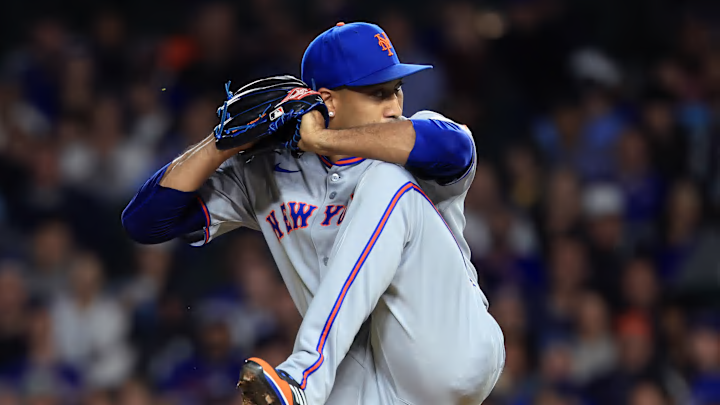As the crisp autumn air begins to settle over Queens, the New York Mets find themselves locked in a fierce battle for playoff positioning. With the 2025 season winding down, every game carries immense weight, as they jockey with the Cincinnati Reds and Arizona Diamondbacks for crucial seeding in the National League postseason bracket. The pressure of this final stretch has already pushed manager Carlos Mendoza towards creative, win-now decisions. The recent re-emergence of Brandon Nimmo in center field and the willingness to stretch Edwin Díaz for six-out saves are clear signals that convention is being cast aside in favor of fielding the absolute best product on any given day.
These moves, while significant, are merely scratching the surface of the strategic depth the Mets could employ to gain an edge. Winning in September and October is about optimizing matchups and deploying your most impactful players in the moments that truly swing the outcome of a game. While a six-out save from a dominant closer like Díaz is a powerful weapon, there exists an even more radical, analytically-driven approach that could maximize his value and secure those must-win games. It’s a strategy that redefines the role of a "closer" and focuses squarely on neutralizing the single biggest threat, no matter when it appears.
A high-leverage revolution for Diaz
The most critical moment of a baseball game doesn't always arrive with the final three outs. Often, the true turning point occurs in the seventh or eighth inning—two outs, runners on second and third, with the heart of the opposing lineup striding to the plate. Traditional bullpen management would save the team's best reliever for a save situation that may never materialize if the game is lost in that preceding high-leverage spot. The boldest strategy for the Mets is to deploy Edwin Díaz as a true fireman, summoning him for that single, game-defining confrontation, even if it’s in the seventh inning. This ensures that the opponent's best hitters face the Mets' best pitcher when the game is most precariously balanced.
Díaz's 2025 season profile makes him uniquely suited for this role, transcending the simple closer label. His performance in high-leverage situations has been nothing short of breathtaking. According to Fangraphs, his strikeout percentage (K%) in these pressure-cooker moments is among the league's elite, consistently sitting well above the 90th percentile. Furthermore, data reveal that his expected weighted on-base average (xwOBA) against drops significantly when the stakes are highest, a testament to his ability to elevate his already electric stuff. His combination of a triple-digit fastball and a devastating slider generates a whiff rate (Whiff%) that is the stuff of nightmares for hitters trying to put a ball in play to score a crucial run. Using him to extinguish the biggest fire, rather than just for the final few embers, maximizes this elite, game-altering talent.
This aggressive use of Díaz opens the door for a perfectly complementary pitcher to handle the ninth inning in Tyler Rogers. If Díaz is deployed in the seventh or eighth to vanquish the top of the order, the ninth inning would likely feature the lower, less powerful part of the lineup. This is where Rogers' unique skillset becomes a strategic advantage. His deceptive, low-arm-slot delivery has been a groundball-inducing machine all season, consistently ranking in the top tier of the league in groundball rate (GB%). He doesn't rely on overpowering hitters but on generating soft contact, a profile that plays perfectly against hitters who are less likely to change the game with one swing.
In the final analysis, this strategy isn't about demoting Díaz; it's about promoting his impact. Winning a single plate appearance against a team's best hitter with runners in scoring position in the seventh inning can have a higher win probability added than a clean 1-2-3 ninth inning. As the Mets claw for every possible advantage against the Reds and Diamondbacks, this kind of forward-thinking, high-leverage deployment is no longer a luxury but a necessity. It’s a calculated gamble that trusts the data and puts the team’s most dominant weapon in a position to inflict maximum damage, securing the wins that will define their postseason path.
